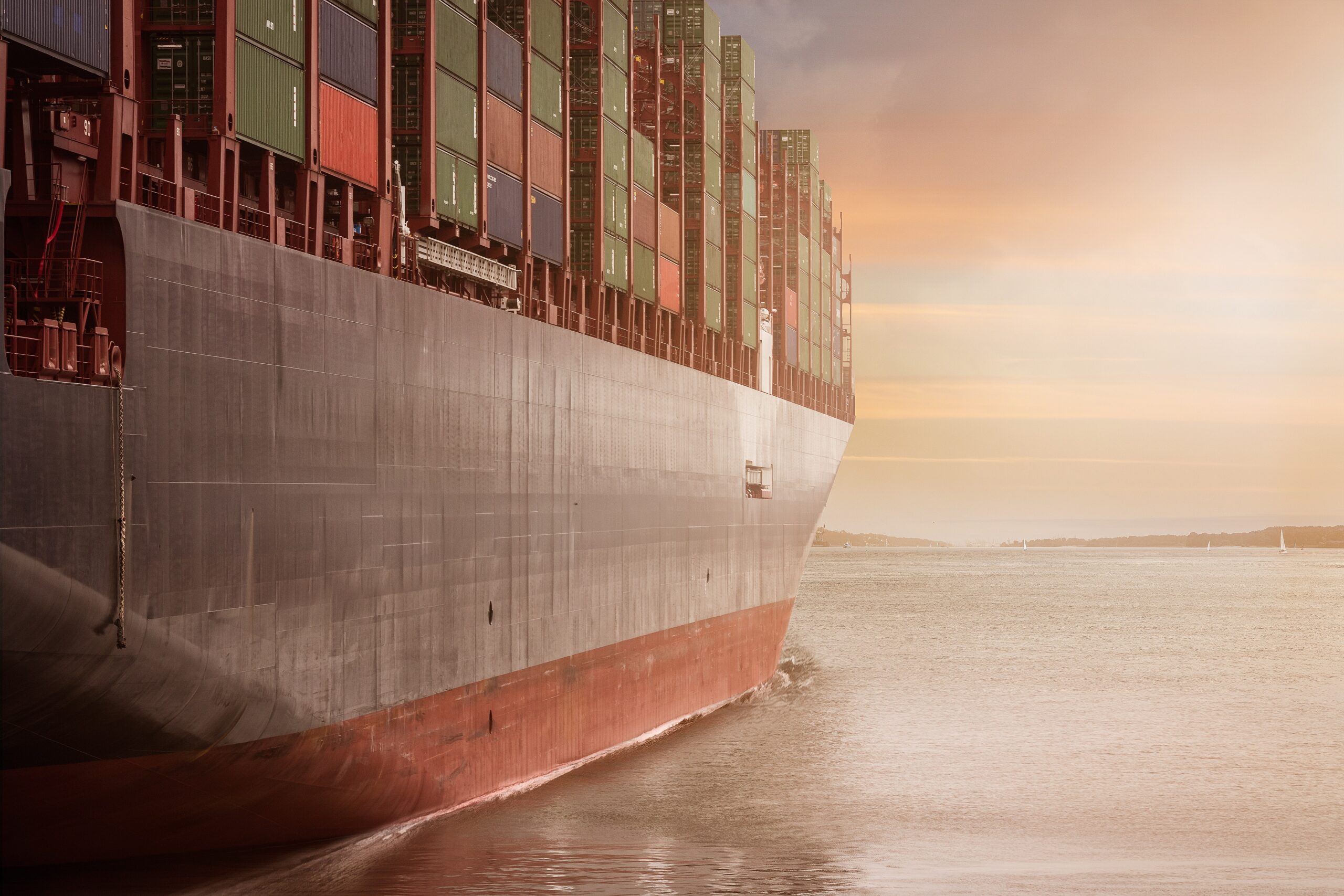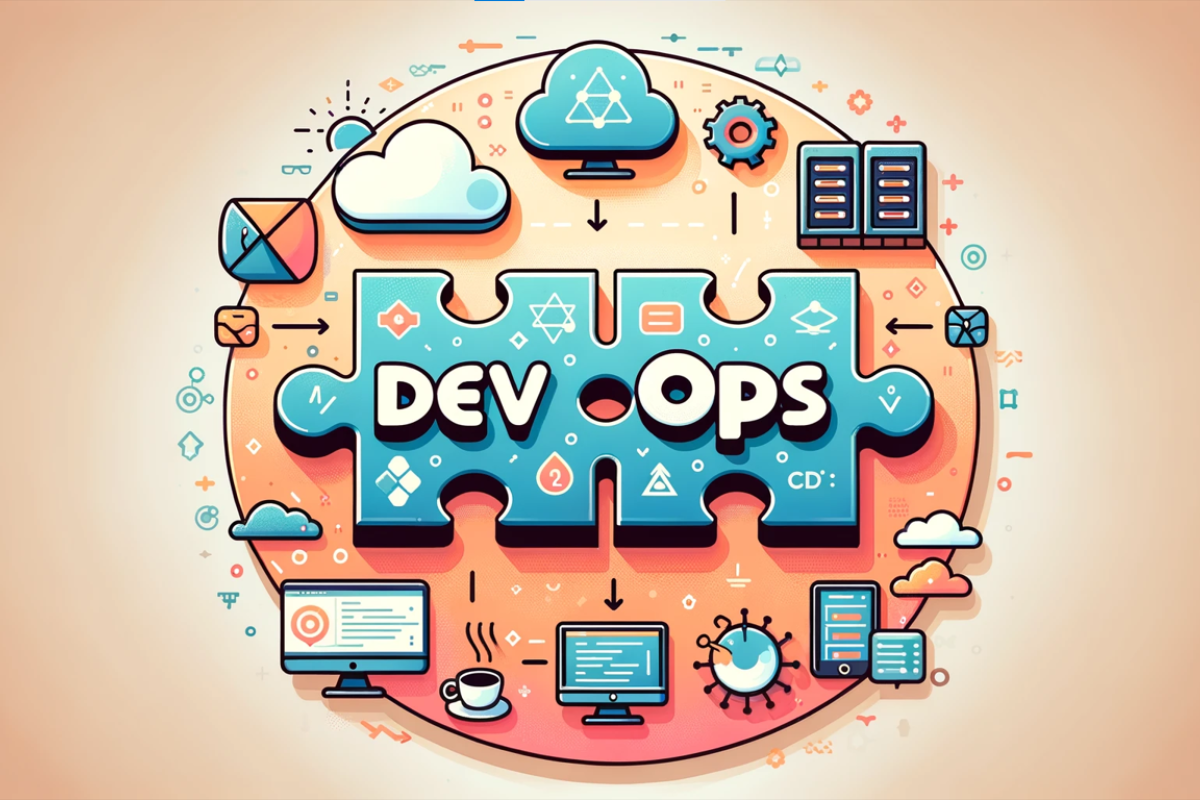Are You Still Not Utilizing Containerization? Here’s Why You Should
“Containers are changing the data center in the same way containers changed global trade.”
Jim Zemlin
Digital transformation is driving the adoption of new application development and this approach is called cloud-native. Containerization Technology is the key enabler of this modern IT approach but, what is a container? and is it powerful to use an analog?
Let’s take a look at a shipping container before we answer this question, the modern shipping industry standardization is a set of container sizes.
So, no matter what’s being shipped the containers remain of constant size so, they’ll fit on every container ship or truck. This practice significantly improved the operational efficiency of the shipping industry.

The promise behind software containers is essentially the same. Containers ensure that your software always runs in the same environment ensuring reliability and stability no matter the computing environment.
This complexity takes expertise people and the right system infrastructure and architecture. This translates to time and money.
An application can be packaged with all over their dependencies so the developers can choose the environment that best suits their projects and operations teams can deliver application anywhere in a consistent way.
A container image consists of an entire run time environment, an application plus everything needed to run its code, runtime system tools, framework, system libraries settings all bundled into one lightweight standalone executable package and multiple containers can be deployed under single Operating System and share the same OS kernel by containerizing the application in its dependencies.

The differences in OS and underlying infrastructure are abstracted away. Now, you can move your application easily from a developer’s laptop to a testing environment, from a staging environment into a production environment, or from a physical machine to a VM, and a private or public cloud with the hope that it’ ll work just right.
Besides, being readily portable containers are also very lightweight and super-fast.
A container may only be tens of megabytes in size and containerized application can be started almost instantly, due to these characteristics’ containers serve the basis of enabling the decomposed microservices-based architecture of the cloud-native application as more containers used in enterprises need orchestration tools to help them run these containers.
Once your container images are set up with the environment of your needs. You will need a software to orchestrate all the containers to ensure scalability and high availability. That’s where Kubernetes comes in. Kubernetes is a Container Management Service. It groups packing containers that make up a utility into logical units referred to as pods nodes, and namespaces for easy control and discovery.
Initially developed by Google it is an Open Source software that brings scalability, flexibility, and portability to the applications and has turn out to be the main orchestration for running containers and constructing cutting-edge apps based totally on our deep expertise in delivering and helping world-class organization solution.
Add Comment
You must be logged in to post a comment.








Soumya
True . It increases the efficiency of the shipping industry and yes it’s beneficial .